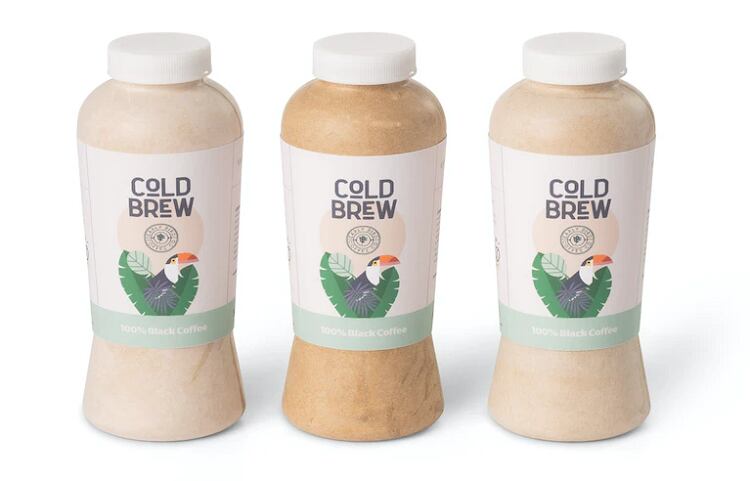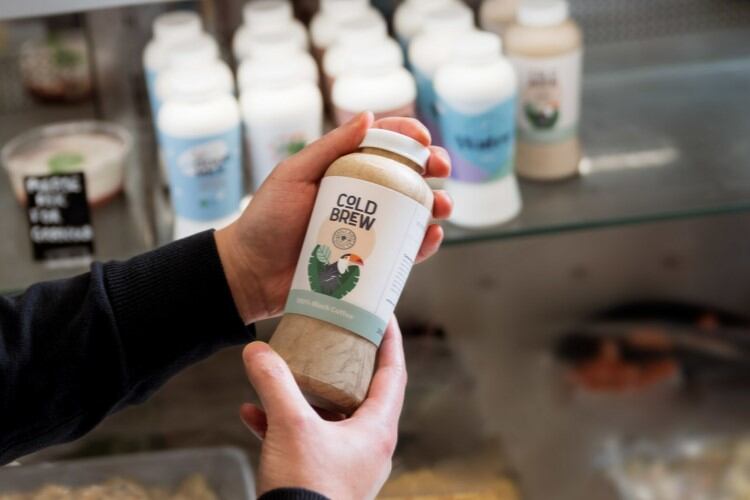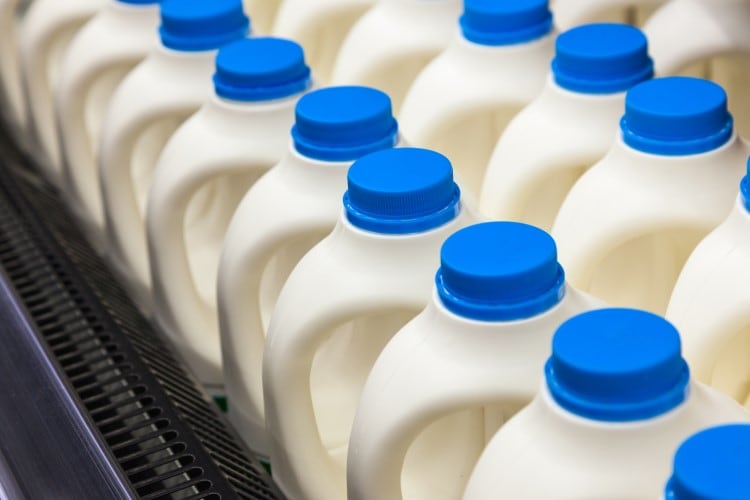Packaging manufacturer PulPac and global consultancy PA Consulting claim they have come up with the technology that can finally make it possible for dry-molded fiber (DMF) to be made into beverage containers. The companies say that the bottles would be a sustainable alternative to wide-spread packaging solutions such as cardboard and single-use plastics.
DMF is made when cellulose pulp is dry-molded into solid packaging. PulPac says the process brings significant environmental benefits since it requires less water and energy during production. Plus, DMF can take various shapes and forms that aren’t possible to achieve through so-called wet-molding. The process can also utilize recycled, residue as well as virgin cellulose, making use of readily available, renewable and affordable material.

DMF packaging is already being produced at scale, including in the shape of bottles for dry goods, but a DMF container for storing liquids hadn’t been successfully developed before.
While PulPac and PA Consulting believe they have proof of concept, the challenge now lies in scaling this up to create a solution fit for the FMCG industry. The plan is to release the bottles at scale by 2025.
“Creating a DMF bottle already represents an enormous challenge,” opened Tony Perrotta, PulPac partnership lead at PA Consulting. “Creating a scalable and commercially viable process to replicate this has been even more so. Our aim is to provide a scalable process that meets existing need for cost, scale, speed, sustainability profile, and brand needs. It’s a tall order indeed but we have already demonstrated the foundational aspects of this work.”
From dairy to shampoo
According to the product brief, the PA/PulPac Bottle Collective – as the prototype is called - can store water, dairy, non-carbonated soft drinks, adult beverages, and even hair- and skin-care products. The bottle can also be customized with bespoke shapes, sizes and decorations to reflect brand identity, with a growing number of businesses already taking an interest in the product, we were told.
So how does DMF compare to cardboard production on emissions, for example? “This solution is quite different to cardstock,” Perrotta said. “We can produce a myriad of sizes and shapes not possible in either cardstock or wet-molded processes today.
“Emissions work is currently being evaluated but since our process is a dry-molded process, there is a significant reduction in water use and energy compared to alternative forming methods.”
Since it’s still early days for the Bottle Collective, Perrotta couldn’t share specifics around how the packaging affects shelf life, or taste and flavor properties of milk – although the companies claim the bottle can hold water for six months.
“We expect our packaging to be a valid alternative for dairy beverages,” Perrotta told us. “We have not yet trialed shelf life for a full range of beverages yet; as we further engage specific brands and their unique needs, material transfer, color and taste profile and fragrance needs will all be addressed, too.
“Our focus right now is creating a base foundational platform on which we can scaffold specific brand needs.”
Asked how a DMF milk bottle could look like - including what type of lining would be used and how easy that would be to recycle - Perrotta explained: “Our approach allows for the use of multiple types of liners, hence we could replicate existing use or find another alternative.
“When a liner is used in our bottle, it is not adhered or glued to the fiber layer. Meaning, it is easily separated by almost any mechanical process. We are working with various waste management facilities in various markets around the world to understand what this looks like in practice – not just theory.”
“We are designing for standard kerbside collection and expect the dustcart pressure to easily and quickly separate the liner from the outer layer," Perrotta continued. “In addition, since a liner is being employed, the pulp is of a higher grade than alternatives,” he claimed. “The liner houses the product and any chemistry of the product keeping the pulp high grade.”
And it’s not just cellulose that can be used – the team is also exploring how so-called non-tree-based fibers could work. “In addition to virgin fiber, we can incorporate recycled content and, in some cases, non-tree-based fibers for added properties,” he told us.
PulPac and PA Consulting say they will announce some of their first branded partners in the project ‘shortly’, but the team is yet to decide on the markets to launch the bottles in come 2025.
“We have not finalized a set of markets to launch in but expect Europe to be very high on the list of priorities,” concluded Perrotta. The intention of our next phase of work is to demonstrate the scalability options to meet demand.”


